Amanda West, Ph.D. our Spotlight Scientist highlights the importance of having replicable and repeatable methods in ecological sciences.
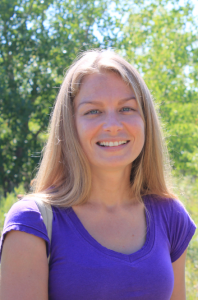
Amanda West is a post-doctoral fellow with the Natural Resource Ecology Laboratory at Colorado State University. Her research applies geospatial modeling and remote sensing to the fields of ecology and conservation. She teaches open source Geographic Information System (GIS) methods in the USA, Ethiopia, and Indonesia. Amanda also serves as a Scientific Advisor for the NASA DEVELOP program.
She recently published a video in JoVE Video Journal which demonstrates the use of species distribution model techniques to map invasive plant species tamarisk (Tamarix spp.) along the Arkansas River in Southeastern Colorado.
JoVE caught-up with Amanda West to discuss her research focus, teaching projects, and her continued interest in incorporating videos for ecology research.
Q: Why is the Tamarisk plant species a relevant topic of your research?
A: Tamarisk is an invasive plant species which is particularly problematic in the Arkansas River basin. Although it’s been around since the 1800s, it continues to be a concern in the Western U.S. because it competes with other native plant species for resources and alters streamflow.
My project started as a collaboration with the non-profit Tamarisk Coalition and is aimed at creating a robust map for Tamarisk.
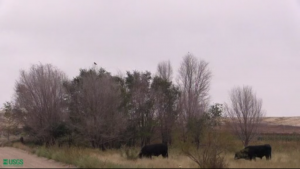
Q: How did you get interested in adopting videos as a vital tool for your research?
A: As an applied ecologist, I have always been a proponent of replicable and repeatable methods in ecological sciences. During my Ph.D. I was involved with the NASA DEVELOP program on four projects. I learned how to apply NASA satellite imagery data to answer ecological questions. During each project one deliverable was to produce a video. This experience made me interested in using videos more consistently to document and share research.
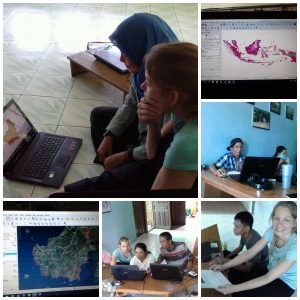
Q: Who might benefit from your research publication in JoVE Video Journal?
A: This publication came about through a research collaboration with U.S. Geological Survey. They developed an open source tool called Software for Assisted Habitat Modeling (SAHM) but only made a written tutorial available for this program. I thought a video that documented how to utilize SAHM would greatly enhance this tutorial. The goal was to document and demonstrate a replicable process in (easy to follow) visualized format so that researchers and land managers can use the same methods and tools to study other species besides Tamarisk (not just invasive species). For example, SAHM could also help in documenting endangered species. In fact, I’ve used SAHM in one of my other research projects focused on evaluating critical habitat for the endangered Bornean orangutan in Borneo, Indonesia.
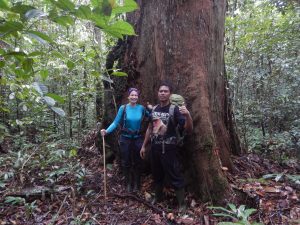
Q: What value can visualized science have specifically for ecology research or in helping to solve larger problems in science?
A: Overall, videos help solve challenges which scientists face in implementing and adopting new methods. I don’t think visualized science has been utilized enough by ecologists. I have taught a variety of scientific and non-scientific audiences, including students, faculty, non-governmental organizations, and staff from Parks Services, in a number of countries. With all these groups I have found videos are powerful tools to communicate research across a variety of audiences. They are excellent tools for documentation of research. Videos are a great supplement to written methods, because sometimes researchers tend to miss out on details of a process or method if they are only available in text format.
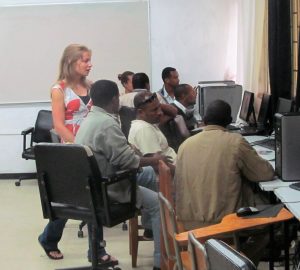
Q: What are some of your overall goals as a scientist?
A: I want to continue applied ecological research and teaching remote sensing and GIS based capacity building courses. My research and teaching focus is centered around the main idea: “maps communicate across languages and borders”.
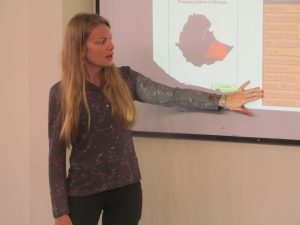
To find out more about Amanda’s research and teaching projects you can review her blog and also follow her on Twitter @amandazwest


